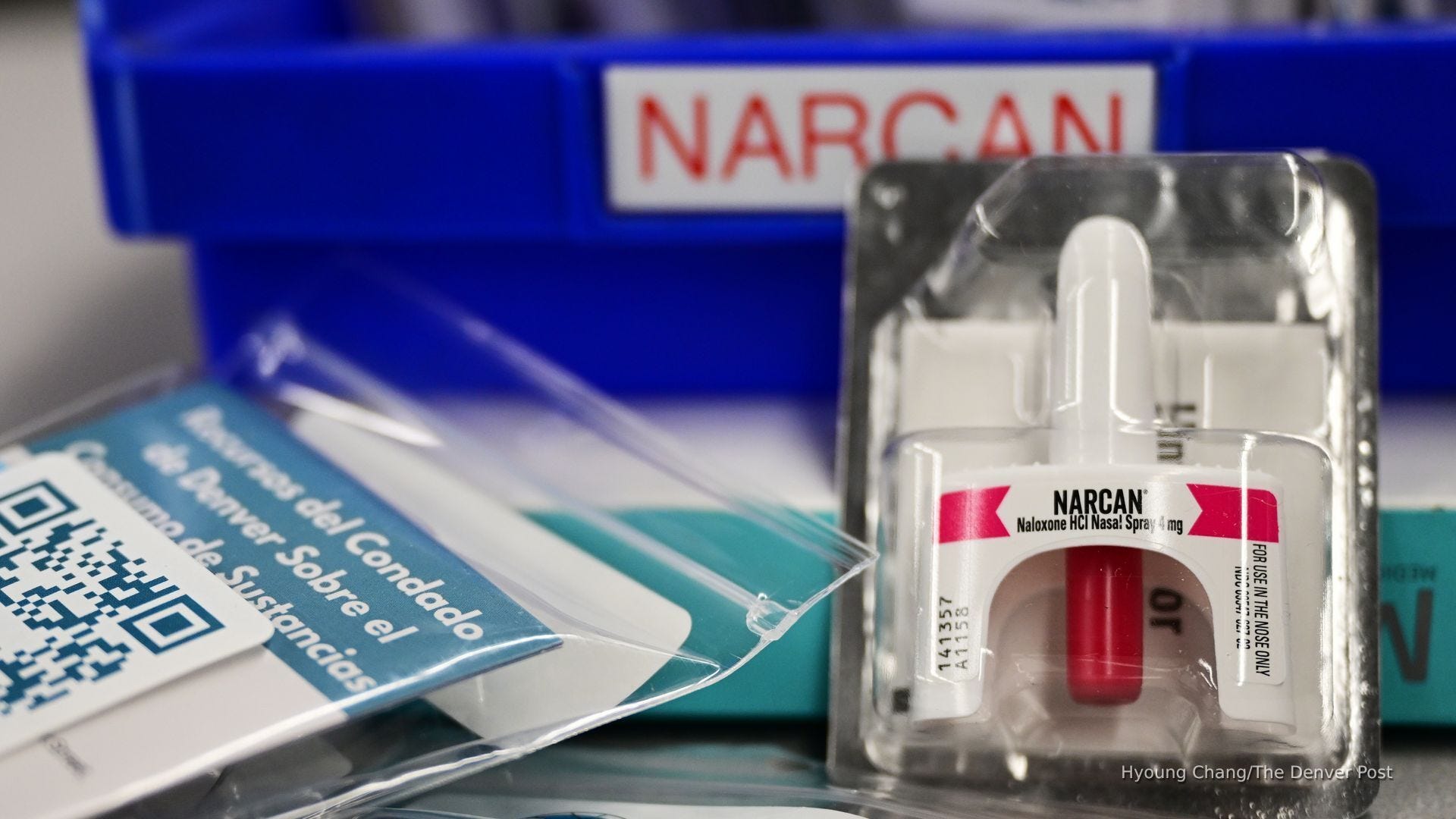Feds wasted millions on tech to detect fentanyl at the border, report finds
Under both Trump and Biden, U.S. Customs and Border Protection potentially wasted millions in taxpayer funds, missing opportunities to detect drugs.

The federal agency tasked with intercepting illegal drugs at the border botched the rollout of technology designed to do just that, according to a federal watchdog.
Investigators say U.S. Customs and Border Protection potentially wasted millions in taxpayer funds, missed drugs smuggled into the country and lost an important tool to fight the fentanyl epidemic, the Department of Homeland Security's Office of the Inspector General said in a new report.
The mishandling of the program between 2020 and 2024 spanned both the first Trump and Biden administrations.
Faced at the time with a national crisis of fentanyl overdoses, Congress appropriated $570 million in fiscal 2019 for CBP to purchase and install "non-intrusive inspection technology" at land ports of entry.
Known as "NII" for short, the technology uses X-rays or gamma rays to spot suspicious items hidden in passenger vehicles at the U.S.-Mexico border; in railcars or cargo containers; and luggage and packages.
Between 2020 and 2024, investigators found CBP purchased 150 of the large-scale NII systems but deployed and installed only 50. The rest were still being built or awaiting installation during the review period. Forty-three other machines, worth $96 million, were left in storage.
While more than 360 other NII systems were already in place, of those, 166 or 46% were inoperable, according to the report. Some had been in a state of disrepair for nearly a year.
"CBP did not follow DHS acquisition policy, did not consider relevant information during planning and did not have a well-defined maintenance and sustainment plan for its large-scale NII systems," investigators said in the report.
In a response included in the report, a senior CBP official said the report "is lacking important context" as "NII is only one of multiple tools" that customs officers use to detect contraband.
CBP is also pursuing policies that "support border security through a layered approach that reduces overreliance on any single point or program," Henry Moak, senior component accountable official, said in the response.
Moak concurred with the watchdog's recommendation to develop a plan to deploy, install and maintain the NII systems whose lifecycle cost – including purchase, installation, maintenance and eventual disposal – is pegged at $6.9 billion.
Last year, CBP screened nearly 15 million passenger vehicles at ports of entry along the U.S.-Mexico border, according to Bureau of Transportation statistics.